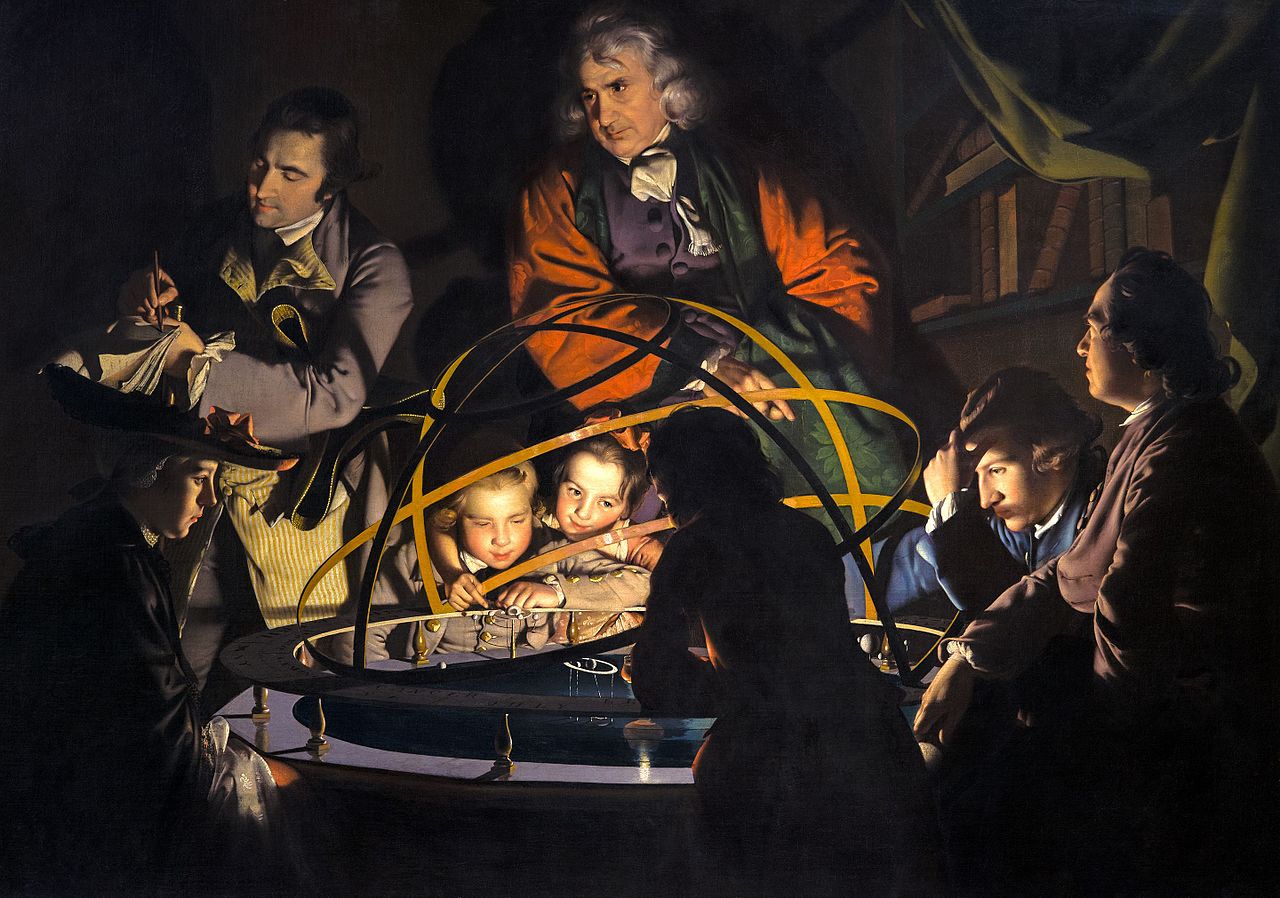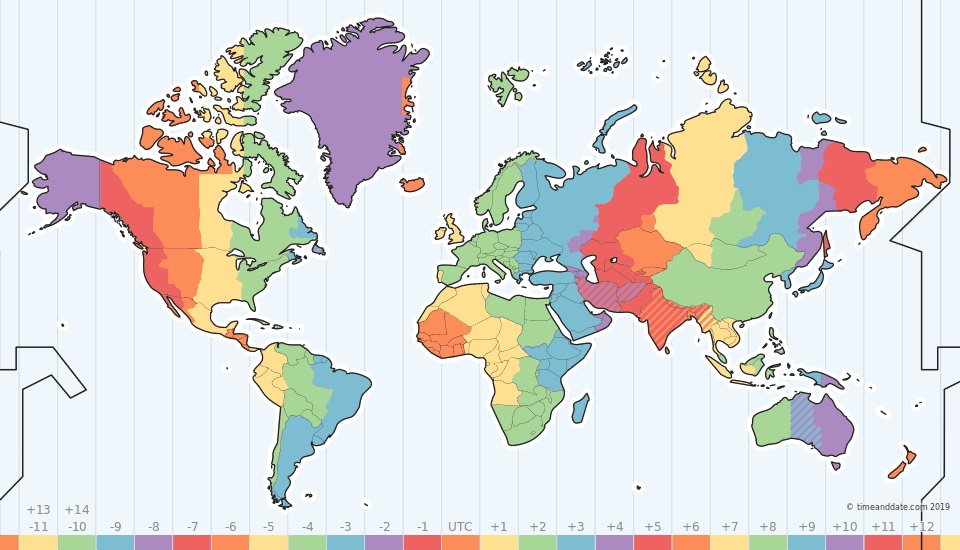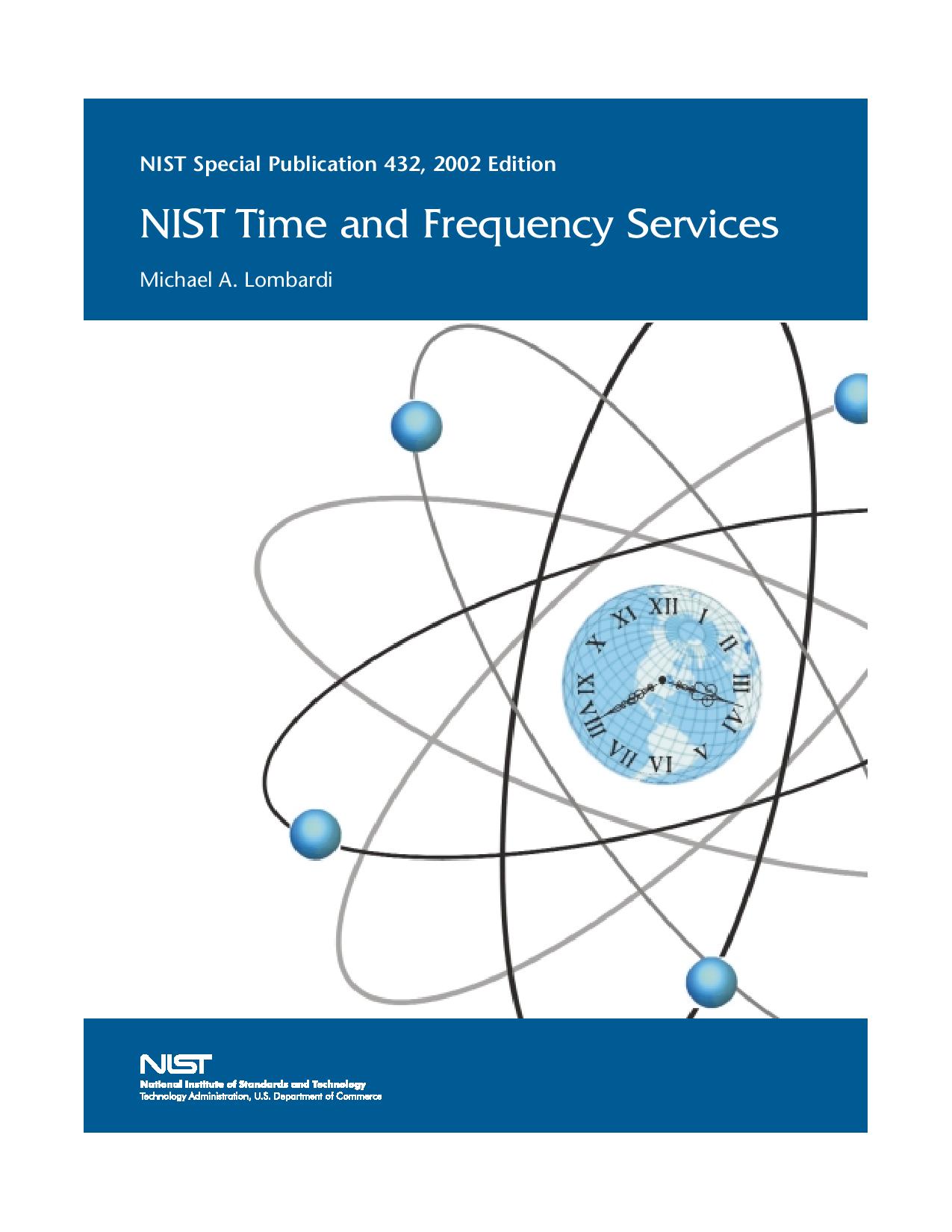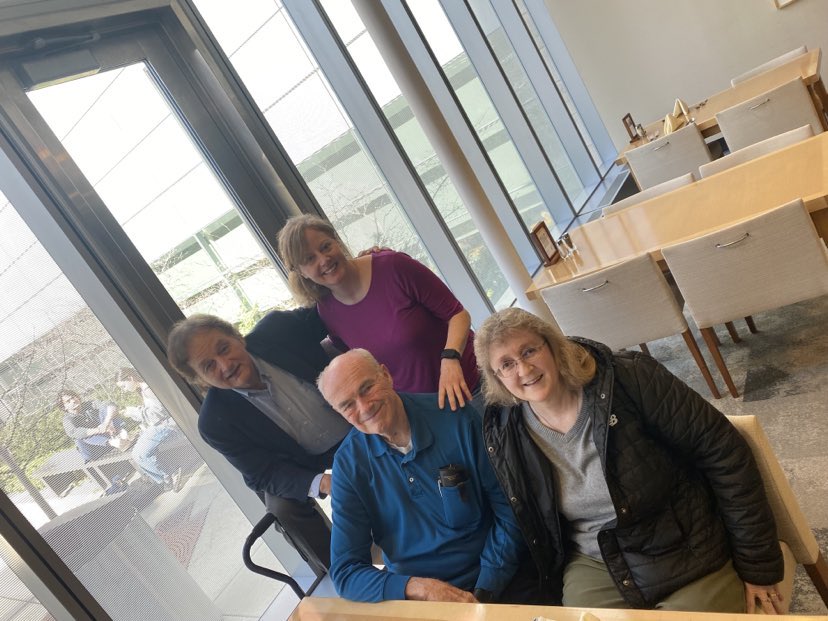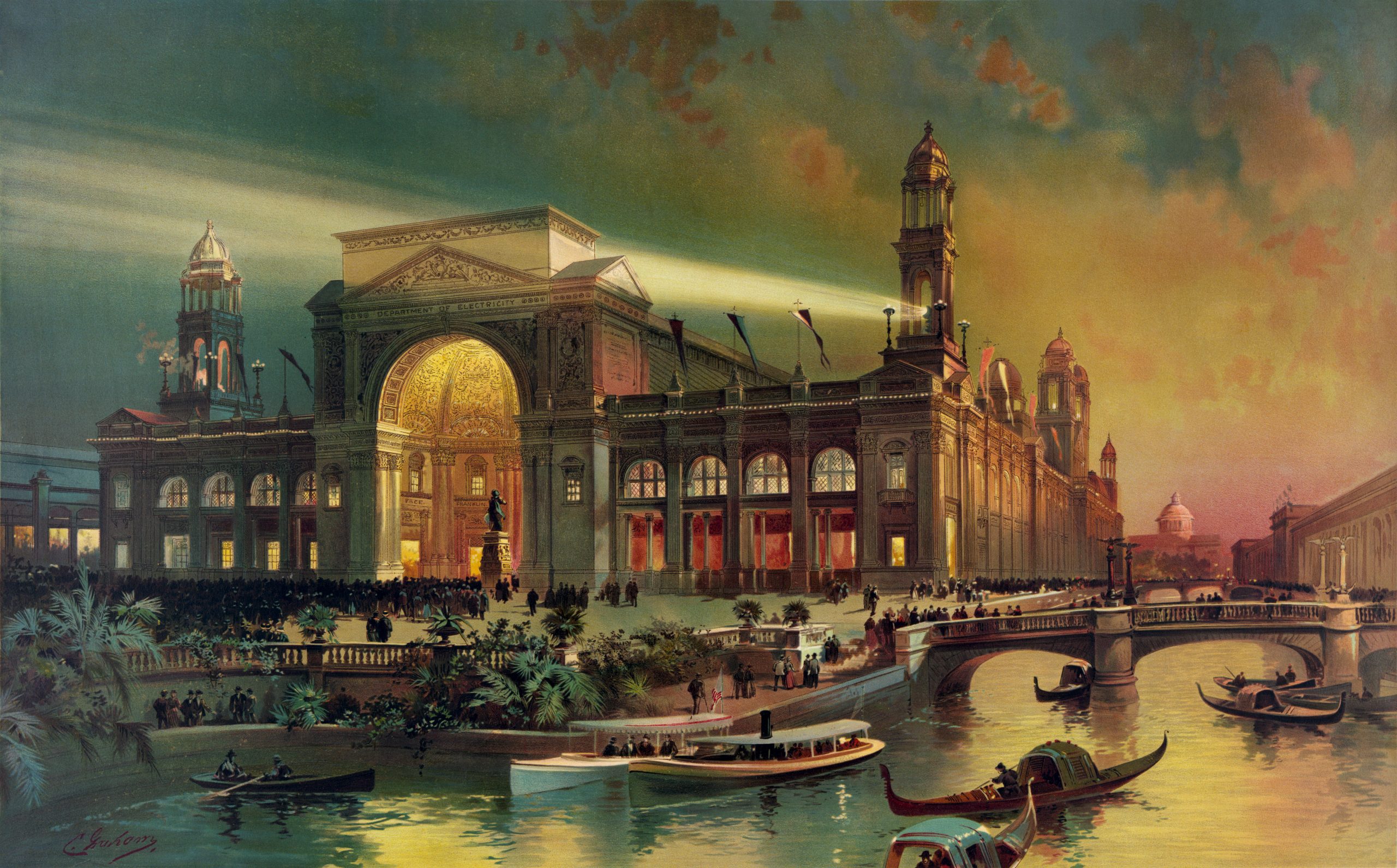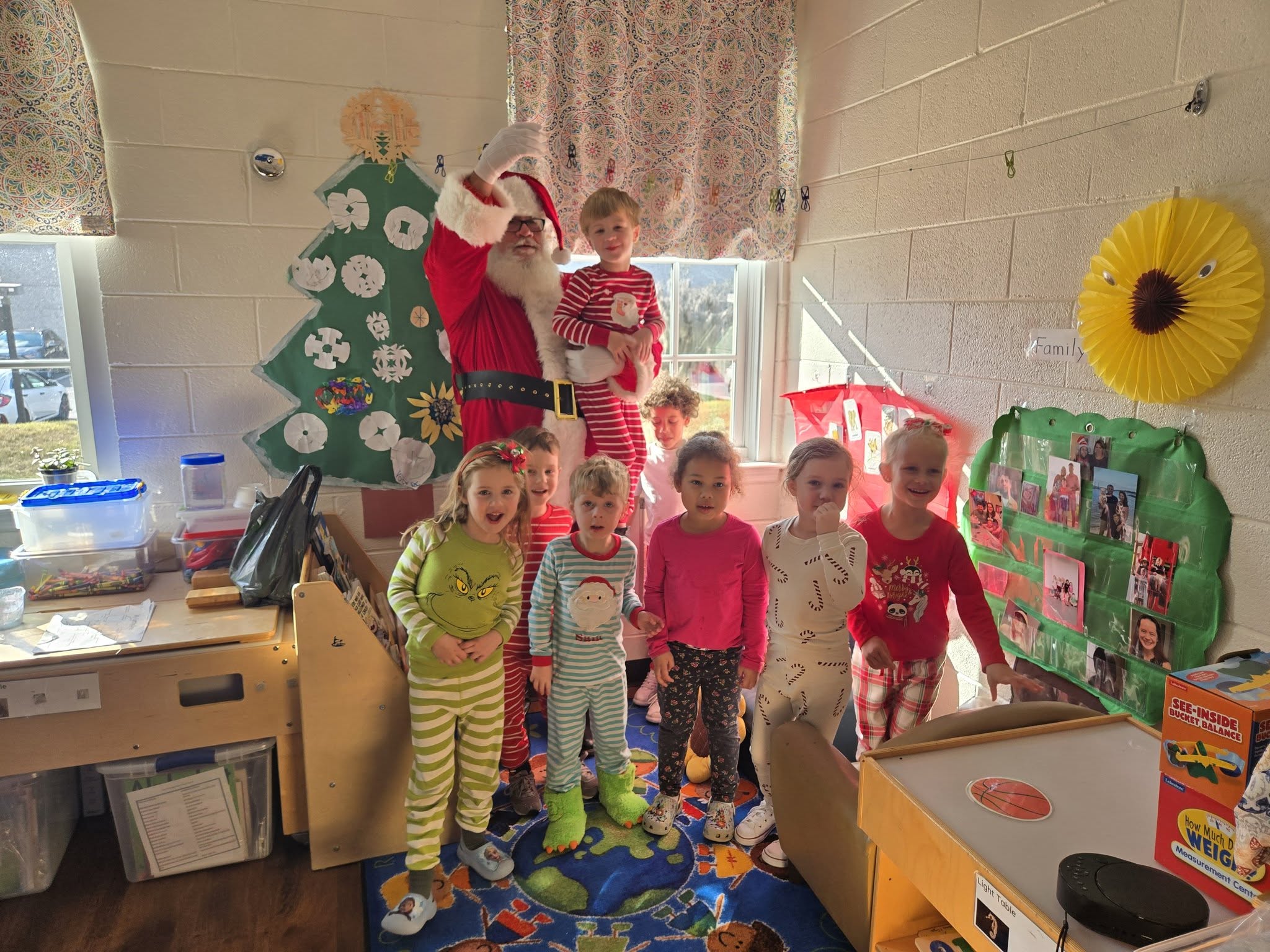“It Can’t Happen Here” 1935 Sinclair Lewis
Time cognition, measurement and conformance to tradition shapes educational settlements:
- The development of standardized time zones, which became more widespread in the 19th century with the advent of the railroad and telegraph, influenced urban planning and architecture. Cities needed to coordinate schedules and activities, affecting the layout and design of public spaces, transportation hubs, buildings and the movement of children.
- The invention and widespread adoption of clocks and watches allowed for more precise timekeeping. This precision influenced the synchronization of activities, schedules, and, consequently, the design of buildings and public spaces. It also impacted the design of interiors, with spaces allocated for timepieces in classrooms and athletic events.
- What is now identified as the Industrial Revolution introduced a more rigid and standardized work schedule; including the time set aside for formal education away from the family kitchen table.
Campus planners incorporate temporal elements into their design itself, creating spaces that change over time. This might involve the play of light and shadow during different times of the day or the use of materials that weather and evolve over the years.
Today we account for our work in shaping the literature for time standards relevant to educational settlements. Use the login credentials at the upper right of our home page.
Jeff Bezos is building a monumental 10,000-year clock in the mountains.
Here’s the reason why:
“10,000 year clock is a physical clock of monumental scale. It’s about 500 feet tall. It’s inside a mountain in west Texas in a chamber that’s about 12 feet in diameter and 500 feet… pic.twitter.com/lg9mYOJmnT
— Timeless Philosophy (@TimelessPhil) December 29, 2023




